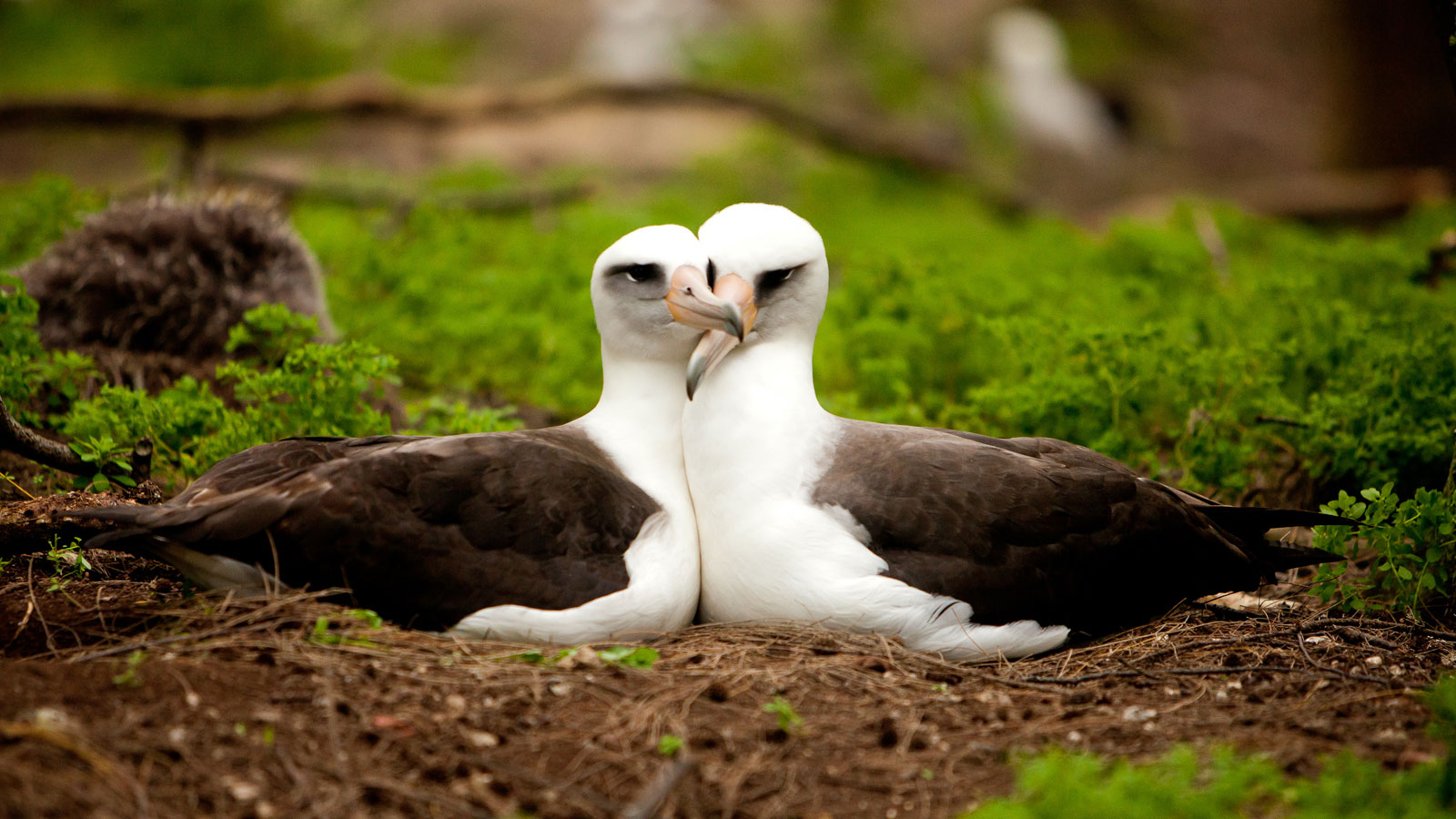For an albatross, finding a mate is a serious affair. To pick a partner, these seabirds perform elaborate dances. They preen, call, and stare at each other until they find the perfect match.
Albatross couples typically stay together for life. Splitting up – called “divorce” – is rare. It usually only occurs if they struggle to breed successfully.
But that could change as the climate warms.
Paul Lukacs of the University of Montana is part of a team studying albatrosses in the Falkland Islands, off the southern tip of South America.
“Each year, people revisit the colony and identify the birds and look at who’s mated with who and their reproductive success,” he says.
The team also tracks environmental data, such as water temperatures.
“We found recently that with years of increased sea surface temperature, it increased the divorce rate even for females that were successful breeding in that year,” Lukacs says.
The reasons are likely complex. The researchers speculate that warmer water leads to food shortages and causes the birds’ stress hormones to rise. The females may respond to that stress by looking for a new mate.
So as the climate warms, a growing number of albatross lovebirds could call it quits.
Reporting credit: ChavoBart Digital Media
Source link


